Vascular Ageing: What It Is, Why It Matters
Most of us know that high blood pressure and high cholesterol levels are risk factors for heart disease. Dr Rachel Climie would like us to add vascular ageing to that list. The Heart Foundation Postdoctoral Fellow based in the Sports Cardiology Laboratory at Melbourne’s Baker Institute says that early vascular ageing is an issue that society needs to start thinking about.
“When they’re functioning well, our large blood vessels ensure that as blood is pumped around the body, it isn’t placing pressure on the system,” she explains. “As we age, however, the blood vessels progressively lose elasticity and become stiff. That means the blood is moving around the body at a faster speed, which is damaging to our organs.”
Here, Dr Climie gives us a primer on vascular health and why it matters.
What causes vascular ageing?
Damage to the blood vessels typically starts occurring in our fifth decade, but some people exposed to risk factors will experience premature vascular ageing. This could be as a result of obesity, diabetes or due to drugs used to treat cancer, or it could be related to lifestyle factors such as smoking, blood pressure, inactivity or poor diet. Women’s arteries age differently to men’s. Post-pubescent girls have more elastic arteries compared to boys the same age, but post-menopausal women have stiffer arteries compared to men. The female sex hormones are protective until menopause.
Is there an easy way to determine your vascular age?
Current methods of measuring vascular age are pretty much limited to research settings. However, a number of new devices are in development, including an item that functions like a blood pressure cuff around your arm. In the future, these technologies will make measurements more accessible.
What should we be doing to improve our vascular health?
The first thing we can do to slow down vascular ageing is to engage in more regular physical activity, because it helps to maintain the elasticity of the arteries. The current Australian recommendation for adults is 30 minutes of aerobic physical activity a day, whether that’s walking, cycling, swimming or some other form of exercise. You need to be huffing and puffing, you need to get that heart rate up, to actually have an effect. If you are going for a 30-minute walk, the whole walk doesn’t have to be high intensity – you could do two minutes at a faster pace and then two minutes at a slower pace. The key thing to remember is that some physical activity is better than none. More is better, but doing a little is better than nothing at all.
What else do we need to think about?
Minimising our salt intake is vital. The current recommendations are no more than 5g a day, but we know people consume a lot more salt than that. We need to reduce the amount of processed food we eat and increase the amount of fresh produce.
Want more free Tonic delivered free to your inbox? Subscribe here.
This information is general only. Always seek advice from a medical practitioner about your personal health conditions. We do not accept any liability for any injury, loss or damage caused by use of the information provided in our website.

